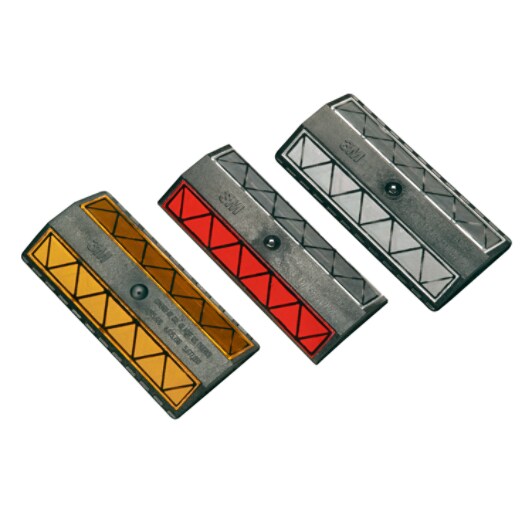 One of the drawbacks of living on Vancouver Island is having to drive at night in the rain. Where there is no street lighting present I find it like driving into a wet sack of coal. When the road markings are worn I must slow down in order to be safe because it is difficult to maintain proper lane position.
One of the drawbacks of living on Vancouver Island is having to drive at night in the rain. Where there is no street lighting present I find it like driving into a wet sack of coal. When the road markings are worn I must slow down in order to be safe because it is difficult to maintain proper lane position.
One of the features of our main highways that I find to be of significant assistance is the ploughable retroreflective pavement marker.

Set in a groove ground into the road surface, these reflectors work well at night in the rain and increase driver confidence that they are driving in their lane.
I'm not alone in my observation as a study conducted by Applied Research Associates for the Missouri Department of Transportation agrees:
The unanimous conclusion of the nighttime video visibility survey was that drivers and passengers traveling on a wet night feel that IPMs are very important to the visibility of the roadway’s lane lines. For the EB analysis, installation and reference site data were used to examine the effects for specific crash types, including total, fatal and injury, wet pavement, nighttime, nighttime wet pavement, lane departure, wet pavement lane departure, nighttime lane departure, and fatal and injury lane departure. Based on the aggregate results, IPMs, when installed with pavement resurfacing, significantly reduce all crash types examined.
- Log in to post comments
